How to recycle your sticky clay: Reusing methods
Recycling sticky clay is not just a trend; it's a fantastic way to embrace sustainability while indulging in your creative passions. As artists, we often find ourselves with leftover clay that just doesn’t seem usable anymore. But before you toss it in the trash, let’s explore some effective methods for recycling that sticky clay into something beautiful and functional. Imagine transforming what you once considered waste into a fresh canvas for your artistic endeavors! By understanding the properties of sticky clay and utilizing some clever techniques, you'll not only minimize waste but also unlock new opportunities for your craft.
To effectively recycle sticky clay, it's essential to understand its properties. Sticky clay typically has a higher moisture content and increased plasticity, which can make it challenging to work with if it’s not properly managed. The key to successful recycling lies in recognizing these characteristics. If your clay is too wet, it may be difficult to mold, while overly dry clay can crumble and lose its workability. By learning how to balance moisture and texture, you can significantly improve the recycling process and the quality of the final product. Think of it as nurturing a plant; with the right care, it can flourish into something magnificent!
Recycling clay offers numerous advantages that go beyond just saving money. For artists and hobbyists alike, the benefits are clear:
- Cost Savings: By recycling clay, you can significantly lower your material costs. This means more funds to invest in tools, glazes, or other creative projects.
- Reduced Waste: Recycling helps decrease the amount of clay that ends up in landfills, contributing to a more sustainable practice.
- Environmental Benefits: By reusing materials, you are conserving natural resources and reducing energy consumption associated with producing new clay.
Imagine the impact you can make! Each time you recycle, you’re not just saving money; you’re playing a part in protecting our planet.
Recycling clay can significantly lower material costs for artists. Instead of purchasing new clay every time you embark on a project, you can utilize your leftover materials, ensuring a steady supply of usable clay. This allows you to allocate funds to other creative projects, fostering an environment of continuous artistic growth. Think of it like a treasure hunt; every bit of clay you recycle is a gem waiting to be transformed into a masterpiece!
By recycling sticky clay, artists can decrease their overall waste footprint. This practice not only benefits the environment but also enhances the artist's reputation as someone who values sustainability. Imagine being known as the artist who not only creates beautiful works but also cares for the planet. It’s a win-win situation!
Recycling clay helps conserve natural resources and reduces the energy required for producing new clay. Each piece of clay you repurpose means one less piece that needs to be mined, processed, and transported. Picture a world where every artist makes a conscious effort to recycle; the collective impact would be monumental!
Recycling can enhance the quality of sticky clay. Through proper techniques, artists can achieve better workability and consistency in their projects. When you recycle, you’re not just salvaging old materials; you’re creating a unique blend that might even yield better results than the original product. It’s like making a signature dish; sometimes, the best recipes come from a little experimentation!
There are several methods to recycle sticky clay, each suited for different types of projects. Here are a couple of effective techniques that you can try:
Air drying is a simple method for recycling clay. By allowing your sticky clay to harden in the open air, you can reprocess it into workable material. This method is ideal for small batches and can be a fun experiment in texture and form. Just remember to keep an eye on it; too much drying can lead to brittleness!
Another practical solution is to combine sticky clay with fresh clay. This technique can improve the texture and usability of your recycled material. By blending the two, you can create a more cohesive and workable substance, allowing for greater creativity in your projects. Think of it as a clay smoothie; the right mix can lead to delightful results!
Proper storage is crucial for maintaining the quality of recycled clay. To ensure it remains workable and doesn’t dry out, consider the following tips:
Using airtight containers or plastic wraps can help preserve the moisture in recycled clay. This simple step can extend its shelf life and usability for future projects. Imagine having a stash of ready-to-use clay just waiting for your next burst of creativity!
Storing recycled clay at the right temperature is essential to prevent drying or spoilage. Keeping it in a cool, dry place will ensure it remains pliable and ready for use when needed. Think of it as keeping your favorite ingredients at the right temperature; it makes all the difference in the outcome!
Q: Can I recycle air-dry clay?
A: Yes! Air-dry clay can also be recycled using similar methods, such as mixing with fresh clay or air drying.
Q: How do I know if my clay is too dry to recycle?
A: If your clay crumbles easily and doesn’t hold shape, it may be too dry. You can try adding a bit of water to revive it.
Q: What’s the best way to store recycled clay?
A: Store your recycled clay in airtight containers at room temperature to keep it moist and workable.
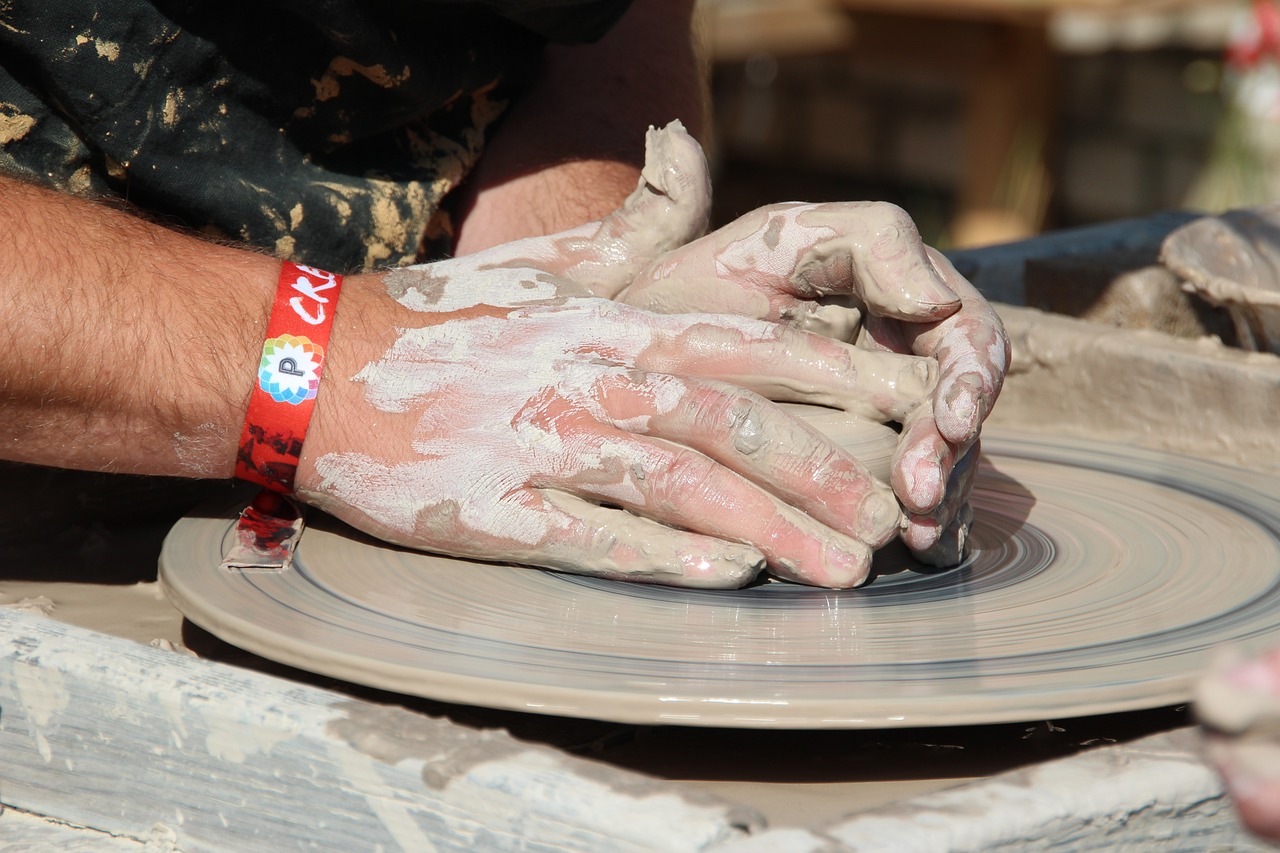
Understanding Sticky Clay
This article explores effective methods for recycling sticky clay, offering practical tips and techniques to help you repurpose and reuse your materials sustainably while minimizing waste.
To effectively recycle sticky clay, it's essential to understand its properties, including moisture content and plasticity, which influence the recycling process and the final product's quality. Sticky clay, often characterized by its high moisture content, can be a challenge for artists and hobbyists alike. Imagine trying to work with a material that feels more like a wet sponge than a solid block; this is the experience many encounter with sticky clay.
Moisture content is a crucial factor because it determines how workable the clay is. Too much moisture can lead to a gooey mess, while too little can make the clay dry out and become unusable. On the other hand, plasticity refers to the clay's ability to be molded and shaped without cracking or breaking. High plasticity is desirable, but if the clay becomes too sticky, it can hinder the creative process.
Here are some key properties to consider when dealing with sticky clay:
- Moisture Content: The ideal moisture level should allow for easy manipulation without being overly wet.
- Plasticity: Look for a balance where the clay retains its shape but is still easy to work with.
- Texture: The texture should be smooth and consistent, which can be affected by the recycling process.
Understanding these properties can significantly impact how you approach recycling your sticky clay. For instance, if your clay is too wet, you might need to air dry it before attempting to recycle it. Conversely, if the clay has dried out too much, you may need to add moisture back into it gradually. This knowledge empowers you to make informed decisions, ensuring that the clay you recycle maintains its quality and usability.
In summary, understanding sticky clay is the first step toward effective recycling. By recognizing its moisture content and plasticity, you can tailor your recycling methods to achieve the best possible results. Whether you're an artist looking to minimize waste or a hobbyist eager to make the most of your materials, grasping these concepts will enhance your clay-working experience.
Recycling clay offers numerous advantages, including cost savings, reduced waste, and environmental benefits, making it a sustainable choice for artists and hobbyists alike.
Recycling clay can significantly lower material costs for artists, allowing them to allocate funds to other creative projects while maintaining a steady supply of usable clay.
By recycling sticky clay, artists can decrease their overall waste footprint, contributing to a more sustainable practice that benefits the environment.
Recycling clay helps conserve natural resources and reduces the energy required for producing new clay, making it an eco-friendly choice for creative endeavors.
Recycling can enhance the quality of sticky clay, allowing artists to achieve better workability and consistency in their projects through proper techniques.
There are several methods to recycle sticky clay, each suited for different types of projects, ensuring that artists can find a suitable approach for their needs.
Air drying is a simple method for recycling clay, allowing it to harden and be reprocessed into workable material, making it ideal for small batches.
Combining sticky clay with fresh clay can improve its texture and usability, providing a practical solution for artists looking to revitalize their materials.
Proper storage is crucial for maintaining the quality of recycled clay, ensuring it remains workable and preventing it from drying out or becoming unusable.
Using airtight containers or plastic wraps can help preserve the moisture in recycled clay, extending its shelf life and usability for future projects.
Storing recycled clay at the right temperature is essential to prevent drying or spoilage, ensuring it remains pliable and ready for use when needed.
Here are some common questions about recycling sticky clay:
- Can I recycle clay that has already been fired? No, once clay is fired, it cannot be recycled in the same way as unfired clay.
- How can I tell if my clay is too wet? If it sticks excessively to your hands or tools, it may be too wet.
- What should I do if my clay dries out? You can add a small amount of water and knead it to restore workability.
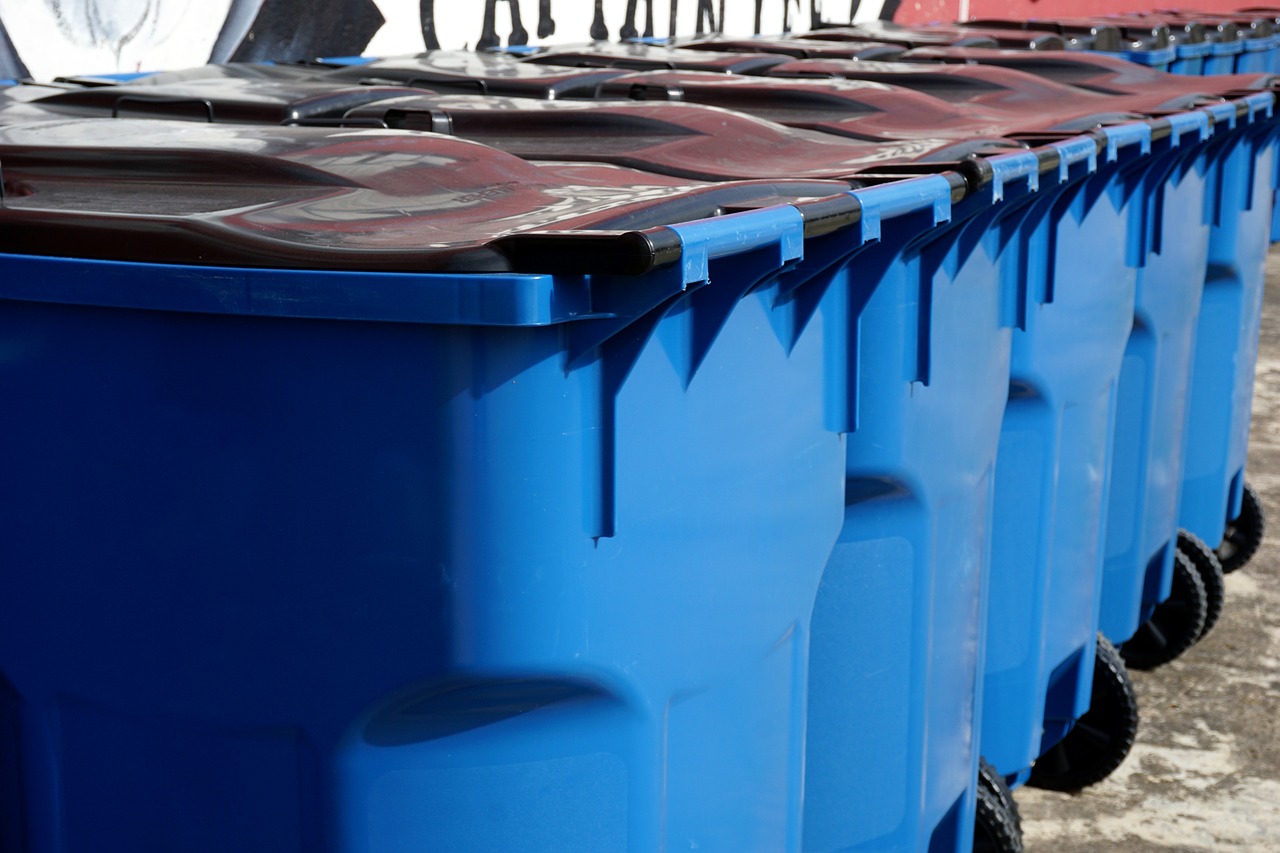
Benefits of Recycling Clay
Recycling clay is not just a trend; it's a smart choice for artists and hobbyists alike. It brings a multitude of benefits that go beyond mere cost savings. By embracing recycling, you are not only saving money but also playing a crucial role in reducing waste and protecting our environment. Let’s dive into some of the key advantages that come with recycling your sticky clay.
First and foremost, one of the most significant benefits is the cost-effectiveness it offers. Artists often face the challenge of budgeting for materials, and by recycling clay, you can significantly lower your material costs. Instead of constantly purchasing new clay, you can repurpose what you already have, allowing you to allocate funds to other creative projects. Imagine having more resources to experiment with new techniques or invest in better tools! This financial flexibility can be a game-changer in your artistic journey.
Moreover, recycling clay is a fantastic way to reduce material waste. In a world where environmental concerns are becoming increasingly pressing, every little effort counts. By recycling your sticky clay, you’re actively decreasing your overall waste footprint. This not only contributes to a more sustainable practice but also sets a positive example for others in the community. Think of it as a ripple effect—your actions can inspire fellow artists to adopt similar eco-friendly practices, ultimately leading to a larger impact.
Now, let’s talk about the environmental impact. When you recycle clay, you’re helping to conserve natural resources. The process of extracting and producing new clay involves significant energy consumption and environmental degradation. By recycling, you reduce the energy required for producing new clay, making it an eco-friendly choice. It’s like giving Mother Nature a high-five! Every time you reuse clay, you’re contributing to a healthier planet.
But that’s not all! Recycling clay can also improve the quality of your materials. When done correctly, the recycling process can enhance the workability and consistency of your clay. This means you’ll be able to achieve better results in your projects. Think of it like giving your clay a second chance—it can come back stronger and more versatile than ever before. By employing proper techniques, you can ensure that your recycled clay is not just usable but also a pleasure to work with.
In summary, the benefits of recycling clay are clear and compelling. From cost savings and reduced waste to environmental conservation and improved material quality, recycling is a win-win situation for everyone involved. So, the next time you find yourself with sticky, unusable clay, remember that you have the power to transform it into something beautiful and functional. Why not take the leap and embrace recycling as a vital part of your creative process?
Here are some common questions about recycling clay that might help clarify your doubts:
- Can all types of clay be recycled? - Most clays can be recycled, but the process may vary depending on the type. It's best to check the specific properties of your clay.
- How can I tell if my recycled clay is still good to use? - Recycled clay should feel pliable and moist. If it’s too dry or crumbly, it may need some water or mixing with fresh clay.
- Is there a limit to how many times I can recycle clay? - While you can recycle clay multiple times, each cycle may slightly alter its properties. It's best to mix it with fresh clay occasionally to maintain quality.
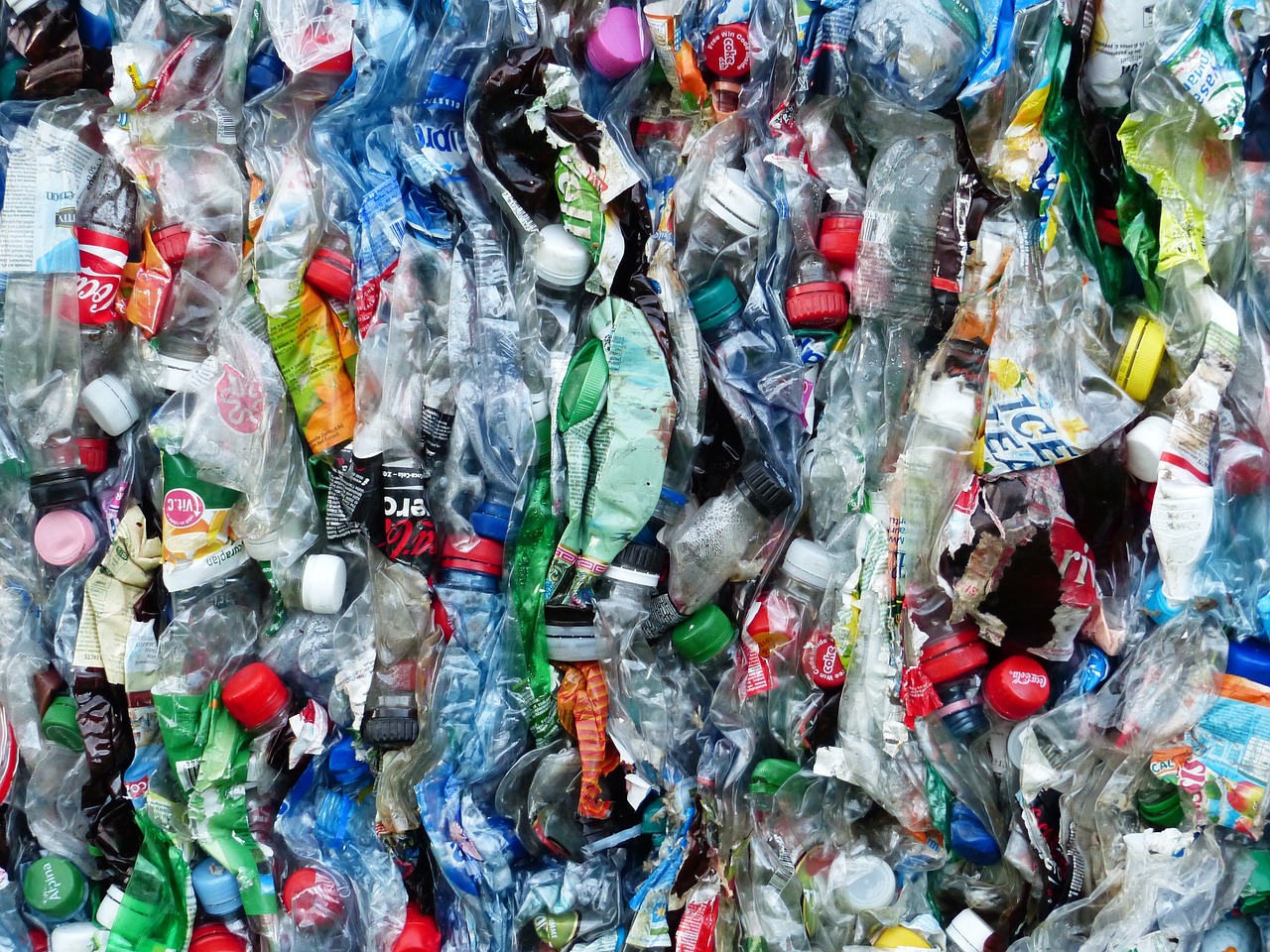
Cost-Effective Solutions
When it comes to creating art, every penny counts. Artists often face the challenge of balancing creativity with budget constraints, and that's where recycling sticky clay comes into play. By recycling, artists can significantly cut down on material costs, allowing them to spend their hard-earned money on other essential supplies or new projects. Imagine being able to transform what was once a troublesome lump of sticky clay into a fresh, usable batch! This not only saves money but also sparks creativity by encouraging artists to experiment with their recycled materials.
One of the most appealing aspects of recycling clay is that it allows artists to maintain a steady supply of usable material without constantly purchasing new clay. This is particularly beneficial for those who work on large projects or have a high turnover of work. By incorporating recycled clay into their creative process, artists can achieve a more sustainable practice. This includes:
- Minimizing Waste: Instead of tossing out unusable clay, recycling helps keep materials in circulation.
- Budget-Friendly: The savings from recycling can be redirected towards other creative endeavors, like purchasing glazes or tools.
- Encouraging Innovation: Artists are often inspired to develop new techniques and styles when working with recycled materials.
Moreover, the cost-effective nature of recycling clay can also lead to a sense of community among artists. By sharing techniques and tips on how to recycle clay effectively, artists can foster a collaborative environment where everyone benefits. Workshops and classes can focus on recycling methods, creating a space for learning and growth. The beauty of this approach is that it not only enhances individual practices but also strengthens the artistic community as a whole.
In summary, recycling sticky clay is not just an eco-friendly choice; it's a smart financial decision that can enhance an artist's creative journey. By reducing material costs and promoting sustainability, artists can focus on what they do best—creating stunning works of art without breaking the bank!
- What types of clay can be recycled? Most types of clay, including earthenware, stoneware, and porcelain, can be recycled. However, the methods may vary depending on the clay type.
- How do I know if my clay is too dry to recycle? If your clay has hardened significantly and is no longer pliable, it may require additional moisture or mixing with fresh clay to become workable again.
- Can I recycle colored clay? Yes, colored clay can be recycled, but keep in mind that mixing different colors may create a new, unexpected hue.
- How long can recycled clay be stored? When stored properly in airtight containers, recycled clay can last several months. Regular checks for moisture and pliability are recommended.

Reducing Material Waste
In a world where sustainability is becoming increasingly important, is not just a trend; it's a necessity. For artists and hobbyists working with sticky clay, the potential for waste is significant. However, by adopting recycling techniques, you can not only minimize waste but also enhance your creative process. Think of your leftover clay as an untapped resource rather than a burden. Just like a chef who uses every part of the vegetable, artists can find innovative ways to repurpose their clay scraps.
When you recycle sticky clay, you’re not just saving money; you’re also contributing to a healthier planet. Each piece of clay that you reuse means one less piece that ends up in a landfill. Consider this: if every artist committed to recycling just a fraction of their clay, the collective impact could be monumental. By embracing these practices, we can create a culture of sustainability within the artistic community.
Here are some practical ways to reduce material waste:
- Collect and Store Scraps: Always keep your leftover clay. Whether it's small bits or larger chunks, storing them properly ensures you can recycle them later.
- Use for Testing: Leftover clay can be perfect for testing glazes or techniques without the fear of wasting new materials.
- Combine with Fresh Clay: Mixing scraps with new clay can improve its consistency and usability, making it easier to work with.
By implementing these strategies, you can significantly reduce the amount of clay you waste. It’s all about changing your mindset—viewing your leftover clay not as trash, but as a valuable resource waiting to be transformed into something new. This shift in perspective can lead to a more sustainable and fulfilling artistic practice.
- What types of clay can be recycled? Most types of clay, including earthenware, stoneware, and porcelain, can be recycled. However, always check the specific properties of your clay.
- How should I store my recycled clay? Store recycled clay in airtight containers or wrap it in plastic to maintain its moisture and prevent it from drying out.
- Can I mix different types of clay? Yes, mixing different types of clay can often yield interesting results, but be aware of their specific firing temperatures.
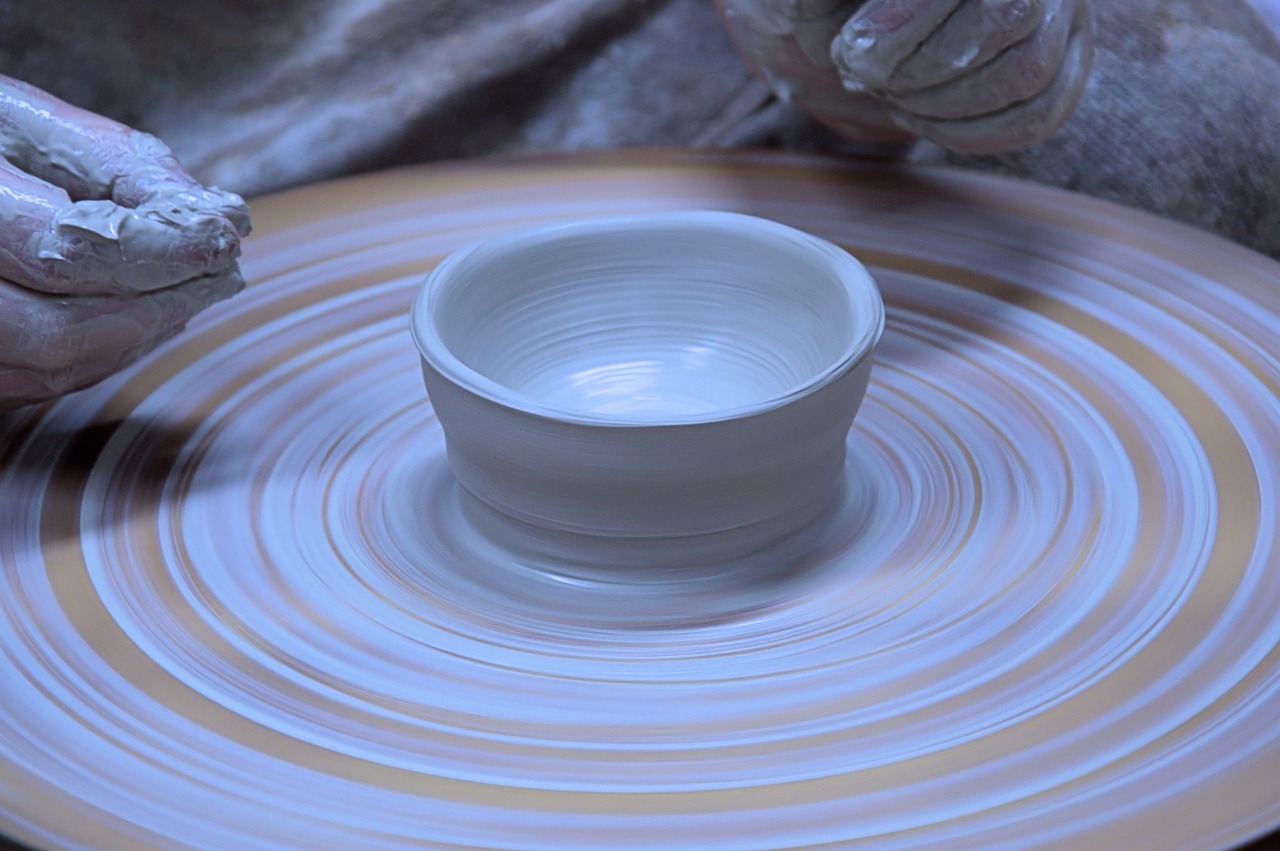
Environmental Impact
Recycling sticky clay is not just a practical solution for artists; it also carries significant environmental benefits that contribute to a more sustainable future. By reusing clay, we are actively participating in the conservation of natural resources, which is crucial in today’s world where raw materials are becoming increasingly scarce. Each time we recycle clay, we reduce the demand for new materials, which in turn lowers the environmental toll associated with mining and processing clay from the earth.
Moreover, the energy consumed during the production of new clay is substantial. From the extraction of raw materials to the processing and transportation, the entire lifecycle of clay production has a considerable carbon footprint. By opting to recycle, artists can significantly reduce energy consumption and greenhouse gas emissions. Imagine the impact if every artist decided to recycle their clay instead of purchasing new supplies! Collectively, we could save an enormous amount of energy and resources.
In addition to conserving resources and energy, recycling clay also helps in minimizing waste generation. Clay that would otherwise end up in landfills can be repurposed, thus extending its life cycle. This not only lessens the burden on waste management systems but also reduces the environmental hazards associated with landfill overflow, such as soil and water contamination. By embracing recycling, we are making a conscious choice to protect our planet.
Here’s a quick comparison of the environmental impact of using new clay versus recycled clay:
| Aspect | New Clay | Recycled Clay |
|---|---|---|
| Resource Consumption | High | Low |
| Energy Use | High | Low |
| Waste Generation | High | Minimal |
| Environmental Footprint | Significant | Negligible |
In conclusion, the environmental impact of recycling sticky clay is profound. Not only does it support sustainable practices, but it also empowers artists to be more conscientious about their material choices. When we recycle, we’re not just saving money and resources; we’re also playing our part in creating a healthier planet for future generations. So, the next time you find yourself with leftover clay, remember that you have the power to make a difference.
- Can all types of clay be recycled? Yes, most types of clay can be recycled, but the techniques may vary depending on the specific type.
- How do I know if my clay is too dry to recycle? If the clay crumbles easily and lacks moisture, it may be too dry to recycle effectively.
- What is the best way to store recycled clay? Store recycled clay in airtight containers to maintain its moisture and prevent it from drying out.
- Can I mix recycled clay with new clay? Absolutely! Mixing recycled clay with fresh clay can enhance its texture and usability.
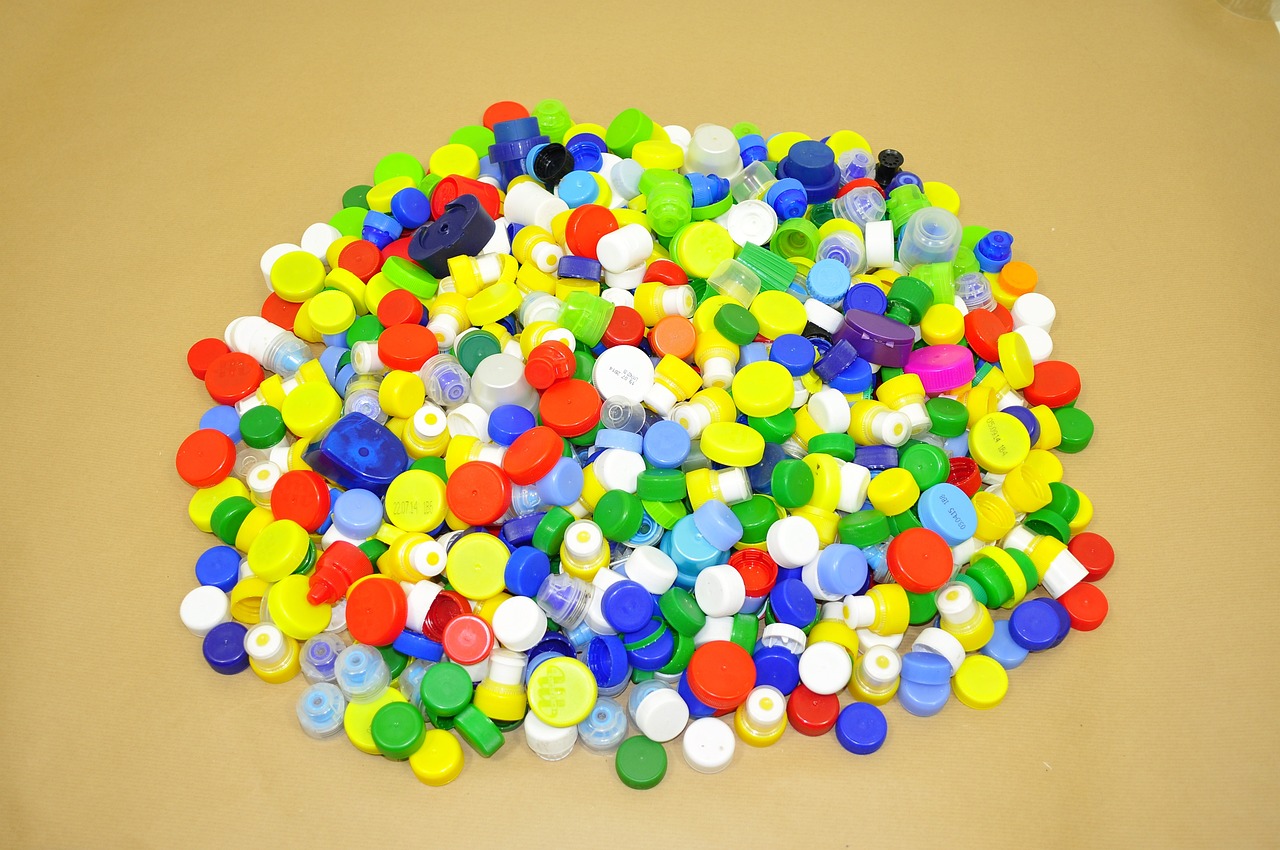
Improving Clay Quality
When it comes to crafting with clay, the quality of your material can make or break your project. Recycling sticky clay not only helps in minimizing waste but also provides a unique opportunity to enhance the overall quality of the clay you’re working with. By employing specific techniques, artists can transform their sticky, unusable clay into a pliable, workable substance that opens up new avenues for creativity.
One of the most effective ways to improve the quality of recycled clay is through the process of kneading. This technique involves thoroughly mixing the recycled clay, which helps to break down any lumps and evenly distribute moisture. Kneading acts like a workout for your clay, ensuring that it becomes more uniform in texture. The result? A smoother, more manageable product that’s ready for sculpting or molding.
Additionally, consider integrating additives to your recycled clay. Adding a small amount of glycerin or water can significantly enhance its plasticity. This is especially beneficial if your clay has become too dry or crumbly during the recycling process. Just remember, moderation is key! Too much moisture can lead to a sticky mess, while too little can make the clay unworkable.
Another innovative method is to mix your recycled clay with fresh clay. This not only improves the texture but also revitalizes the properties of the clay, making it easier to work with. A good rule of thumb is to use a ratio of about 1 part recycled clay to 2 parts fresh clay. This ensures that you maintain the integrity of the fresh clay while benefiting from the unique qualities of the recycled material.
Finally, let’s not forget the importance of proper drying techniques. Once you’ve recycled and improved your clay, allowing it to dry correctly is crucial for achieving the best results. Air drying your clay slowly can prevent cracks and ensure a smooth finish. You might even consider using a damp cloth to cover your clay as it dries, which can help retain moisture and prevent it from becoming too hard too quickly.
In summary, improving the quality of recycled sticky clay is not just about salvaging old materials; it’s about enhancing your creative potential. By kneading, adding moisture, mixing with fresh clay, and utilizing proper drying techniques, you can elevate your clay projects to new heights, all while practicing sustainability.
- Can I recycle clay that has already been fired?
No, once clay has been fired, it cannot be recycled in the same way as unfired clay. - How long can I store recycled clay?
Recycled clay can be stored for several weeks if kept in an airtight container and in a cool, dry place. - What should I do if my recycled clay is still sticky after mixing?
If your clay remains sticky, try adding a bit more dry clay or cornstarch to balance the moisture content.
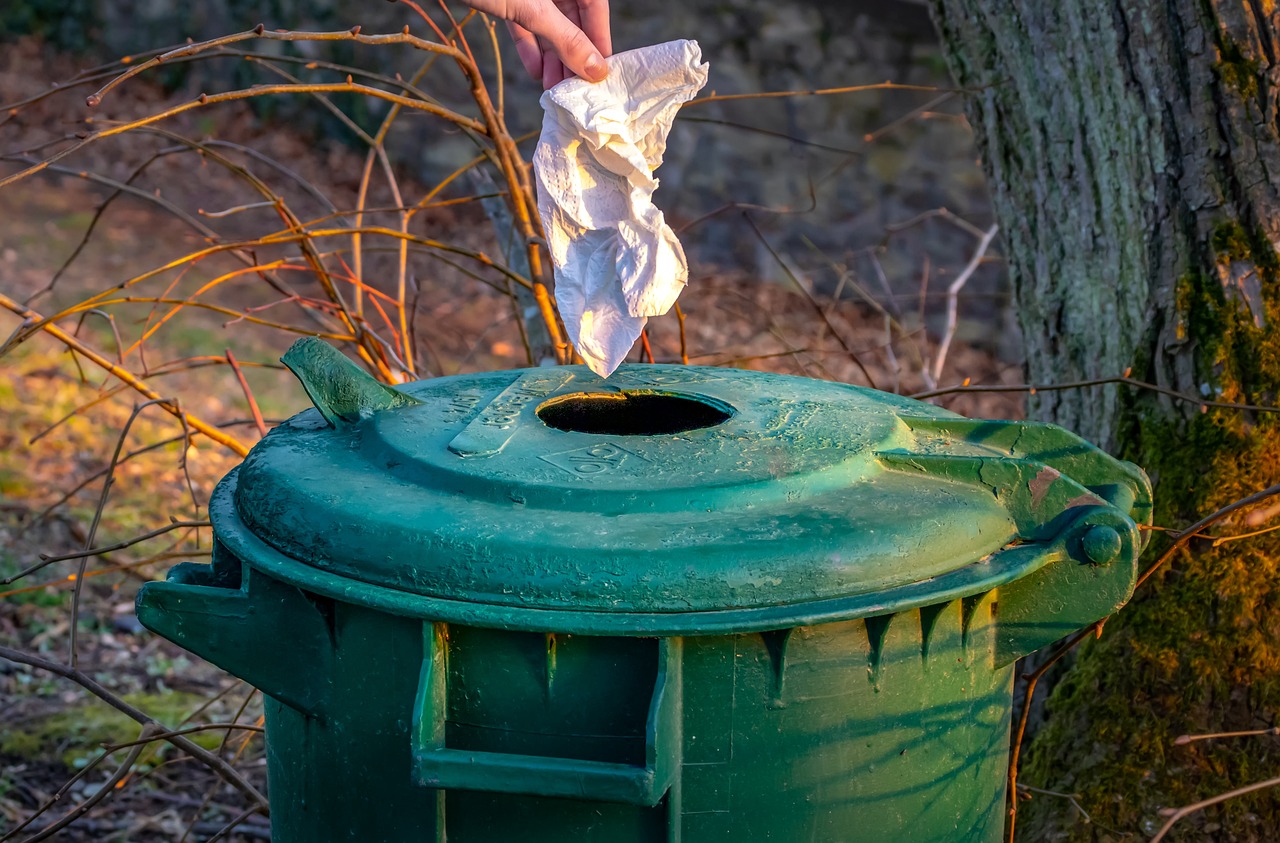
Methods for Recycling Sticky Clay
Recycling sticky clay is not just a sustainable practice; it’s also an art in itself. Understanding the various methods available can transform your leftover materials into usable clay, ready for your next creative venture. Each method has its own unique benefits and is suited for different types of projects. Let’s dive into some effective techniques that can help you breathe new life into your sticky clay.
One popular method is air drying. This technique is incredibly straightforward and is perfect for small batches of sticky clay. By simply exposing the clay to air, it hardens and becomes easier to reprocess. Once dried, you can crush the clay into fine particles and mix it with a bit of water to restore its workability. This method is not only easy but also requires minimal resources, making it an excellent choice for those who might be new to recycling clay.
Another effective approach is mixing sticky clay with fresh clay. This method can significantly improve the texture and usability of your recycled material. When you combine old clay with new, you’re essentially revitalizing the old batch, enhancing its workability. This is particularly useful when you have a large quantity of sticky clay that may not be suitable for use on its own. The fresh clay acts as a binder, creating a more consistent mixture that can be shaped and molded into various forms.
To give you a clearer idea of how these methods compare, here’s a simple table summarizing their key features:
| Method | Advantages | Best For |
|---|---|---|
| Air Drying | Simple, requires no additional materials | Small batches of sticky clay |
| Mixing with Fresh Clay | Improves texture, enhances usability | Larger quantities of sticky clay |
Additionally, you might consider rehydrating your sticky clay. If your clay has dried out but isn’t completely unusable, adding a little water and kneading it thoroughly can restore its pliability. This method is particularly useful for artists who find themselves with dried-out scraps after a project. Just be cautious not to over-saturate the clay, as this can lead to a soupy mess rather than a workable material.
In summary, the methods for recycling sticky clay are varied and flexible, allowing artists to choose what best suits their needs. Whether you opt for air drying, mixing with fresh clay, or rehydrating, each technique has its own set of benefits that can help you maximize your materials while minimizing waste. So next time you find yourself with leftover clay, remember that it’s not just trash—it’s an opportunity for creativity!
Here are some common questions that might arise when recycling sticky clay:
- Can I recycle all types of clay? Most clays can be recycled, but it's essential to check the specific type and its properties.
- How long can I store recycled clay? If stored properly in airtight containers, recycled clay can last several months.
- What should I do if my clay is too dry? You can rehydrate it by adding a small amount of water and kneading it until it reaches the desired consistency.
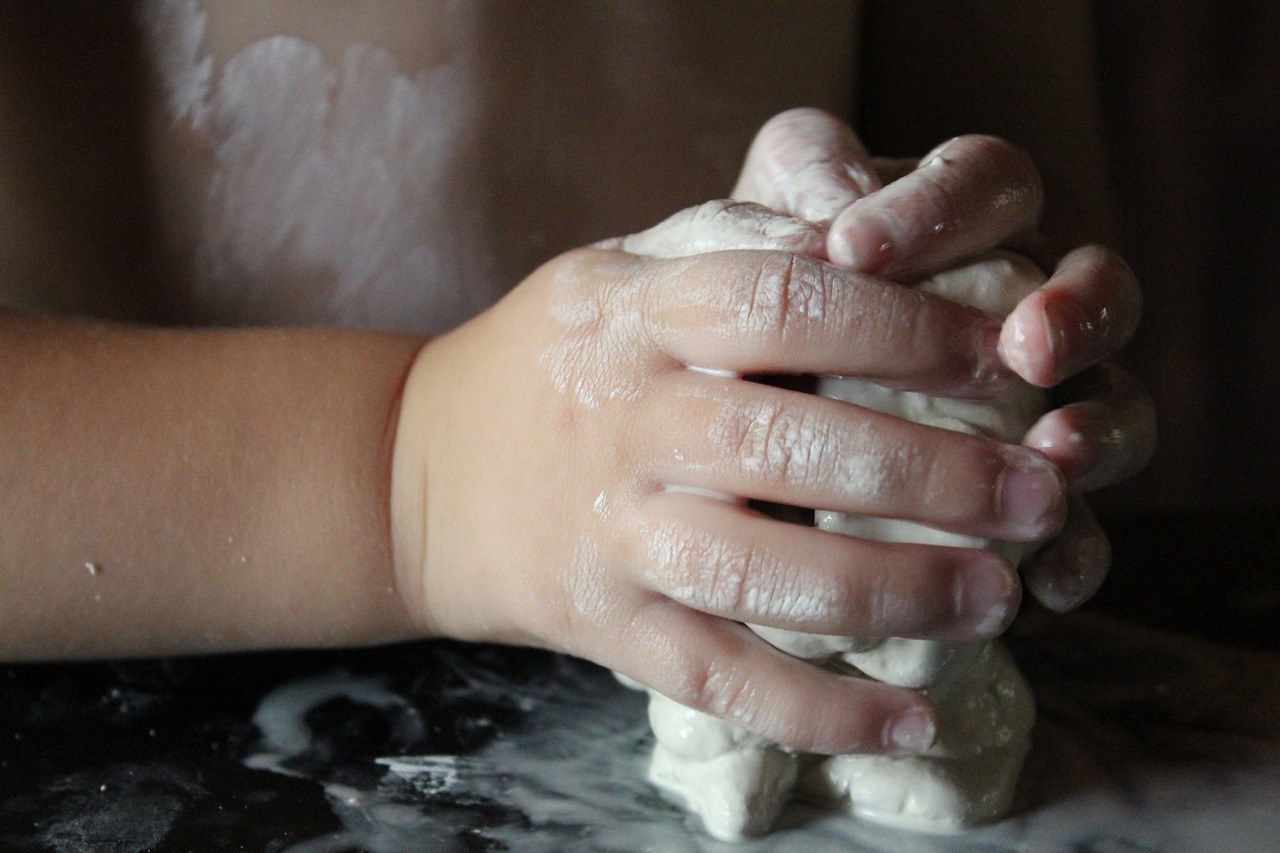
Air Drying Techniques
When it comes to recycling sticky clay, are among the simplest and most effective methods available. This process not only allows you to reclaim your clay but also transforms it into a more usable form. Imagine your clay as a sponge; when it’s saturated with moisture, it becomes difficult to handle. However, by letting it air dry, you can remove that excess moisture, making it easier to work with later. The beauty of air drying is that it requires no special equipment, making it accessible for anyone, whether you're a seasoned artist or just starting out.
To begin, spread your sticky clay out on a clean, flat surface. This could be a workbench, a table, or even a piece of cardboard. The key here is to ensure that the clay is in a single layer, allowing air to circulate around it. If your clay is in larger chunks, consider breaking it down into smaller pieces. Not only does this speed up the drying process, but it also ensures that each piece dries evenly. As the clay begins to dry, you might notice some cracking. This is normal and can actually be beneficial, as it allows moisture to escape more rapidly.
Once your clay has dried to a manageable consistency, you can rehydrate it slightly by misting it with water. This is where the magic happens! The dried clay absorbs the moisture and becomes pliable again, ready for your artistic touch. However, be cautious not to overdo it; too much water can lead to a soupy mess. A light misting is all you need to rejuvenate your clay without compromising its integrity.
For those who want to ensure a more controlled drying process, consider using a dehydrator or a fan. These tools can help regulate the temperature and air circulation around your clay, leading to a more uniform drying experience. Just remember to check on your clay periodically to avoid over-drying, which can make it too brittle for future use.
In summary, air drying is a straightforward and efficient method for recycling sticky clay. By allowing your clay to dry naturally, breaking it into smaller pieces, and carefully rehydrating it, you can extend the life of your materials while maintaining their quality. So next time you find yourself with excess sticky clay, remember that a little air can go a long way!
- How long does it take for clay to air dry? The drying time can vary based on the thickness of the clay and the humidity in your environment, but generally, it can take anywhere from a few hours to a couple of days.
- Can I use a hairdryer to speed up the drying process? While it’s possible to use a hairdryer, it’s recommended to keep it on a low setting and maintain a distance to avoid overheating the clay.
- What should I do if my clay becomes too dry? If your clay dries out too much, you can try adding a small amount of water and kneading it back to a workable consistency.
- Is air drying suitable for all types of clay? Most air-dry clays can be air-dried, but it’s best to check the manufacturer’s instructions for specific recommendations.
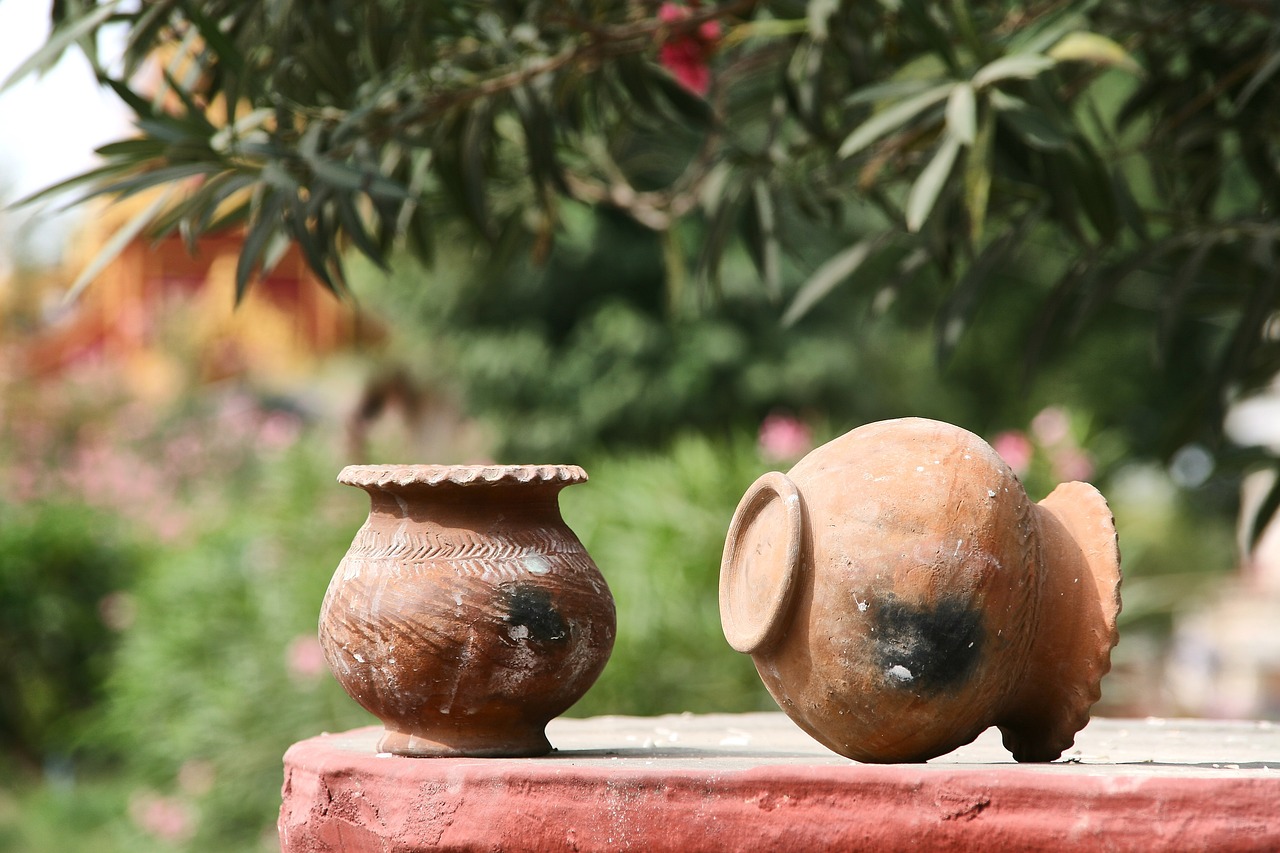
Mixing with Fresh Clay
Mixing sticky clay with fresh clay is one of the most effective ways to rejuvenate your materials and improve their workability. Think of it as giving your old clay a refreshing spa day! When you blend the two types of clay, you create a unique mixture that combines the best properties of each. This process not only enhances the texture but also increases the overall usability of your clay, allowing for more creative freedom in your projects.
But how do you go about this? First, it's important to assess the moisture content of both your sticky clay and the fresh clay. If your sticky clay is too wet, it can lead to a soupy mess, while overly dry clay can be challenging to blend. Ideally, you want to aim for a consistency that is pliable yet firm. A good rule of thumb is to start with a ratio of about 1 part sticky clay to 2 parts fresh clay. This way, you can maintain the integrity of the fresh clay while still benefiting from the unique properties of the sticky clay.
Once you have your desired ratio, begin the mixing process by kneading the clays together on a clean, flat surface. Use your hands to push and fold the clay, similar to kneading dough. This method ensures that the two types of clay are evenly distributed, creating a consistent texture throughout. If you find that the mixture is still too sticky, don't hesitate to add a little more fresh clay until you reach the desired consistency.
Moreover, mixing with fresh clay can also be a fantastic way to experiment with colors and textures. If you're feeling adventurous, consider adding pigments or other additives to your fresh clay before mixing. This opens up a world of possibilities, allowing you to create unique shades and finishes that can elevate your artistic projects. Just remember to document your ratios and any added materials so you can replicate your successful mixtures in the future!
In conclusion, mixing sticky clay with fresh clay is not just a practical solution; it’s an opportunity to breathe new life into your creative process. By understanding the properties of both types of clay and experimenting with different combinations, you can achieve a quality of work that is both exciting and sustainable.
- What is the best ratio for mixing sticky clay with fresh clay? A common starting point is 1 part sticky clay to 2 parts fresh clay, but you can adjust this based on your specific needs.
- How can I improve the texture of my mixed clay? Kneading the clay thoroughly and ensuring even moisture distribution will help improve the texture.
- Can I add colors to my clay mixture? Yes! Adding pigments to fresh clay before mixing can create unique colors in your final product.
- What should I do if my clay mixture is too sticky? If your mixture is too sticky, gradually add more fresh clay until you achieve the desired consistency.

Storage Tips for Recycled Clay
When it comes to storing recycled clay, the right techniques can make all the difference between a material that is ready to use and one that has dried out or become unusable. Proper storage not only preserves the quality of your clay but also ensures that it remains pliable for your future creative projects. One of the most effective methods for maintaining the moisture content in your recycled clay is to use airtight containers. These containers create a sealed environment that prevents air from drying out the clay. If you don’t have airtight containers, you can also use plastic wraps to cover your clay tightly. Wrapping your clay in plastic before placing it in a container can provide an extra layer of protection against moisture loss.
Another important consideration is the temperature at which you store your recycled clay. Ideally, clay should be kept in a cool, dry place away from direct sunlight. Exposure to heat can cause the clay to dry out rapidly, while extreme cold can lead to hardening or cracking. A temperature range of 60°F to 75°F is generally ideal for storing clay. If you live in a particularly humid area, using a dehumidifier in your storage space can help maintain the right moisture levels, ensuring that your clay stays in top condition.
It's also wise to regularly check on your stored clay. Over time, even well-stored clay can develop issues such as mold or an unpleasant odor. If you notice any changes, you may need to rehydrate your clay by adding a small amount of water and kneading it until it reaches the desired consistency. This maintenance can help prolong the life of your recycled materials and keep them ready for your next artistic endeavor.
In summary, by implementing these storage tips, you can significantly enhance the longevity and usability of your recycled clay:
- Use airtight containers or plastic wraps to seal your clay.
- Store clay in a cool, dry place away from direct sunlight.
- Regularly check the condition of your clay and rehydrate if necessary.
By taking these steps, you can ensure that your recycled clay remains a valuable resource for your creative projects, allowing you to focus on what you love—making art!
Q: How long can I store recycled clay?
A: Recycled clay can last for several months if stored properly in airtight containers and kept at the right temperature. Regular checks and maintenance will help extend its lifespan.
Q: Can I mix different types of clay when recycling?
A: Yes, mixing different types of clay can improve texture and usability. Just ensure that the clays are compatible to achieve the best results.
Q: What should I do if my recycled clay dries out?
A: If your clay dries out, you can try adding a small amount of water and kneading it back to a workable consistency. If it’s too dry, it may be challenging to restore, so proper storage is key.
Q: Is it safe to store clay in plastic bags?
A: While plastic bags can be used for short-term storage, they are not the best option for long-term storage. Airtight containers are recommended for better moisture retention.
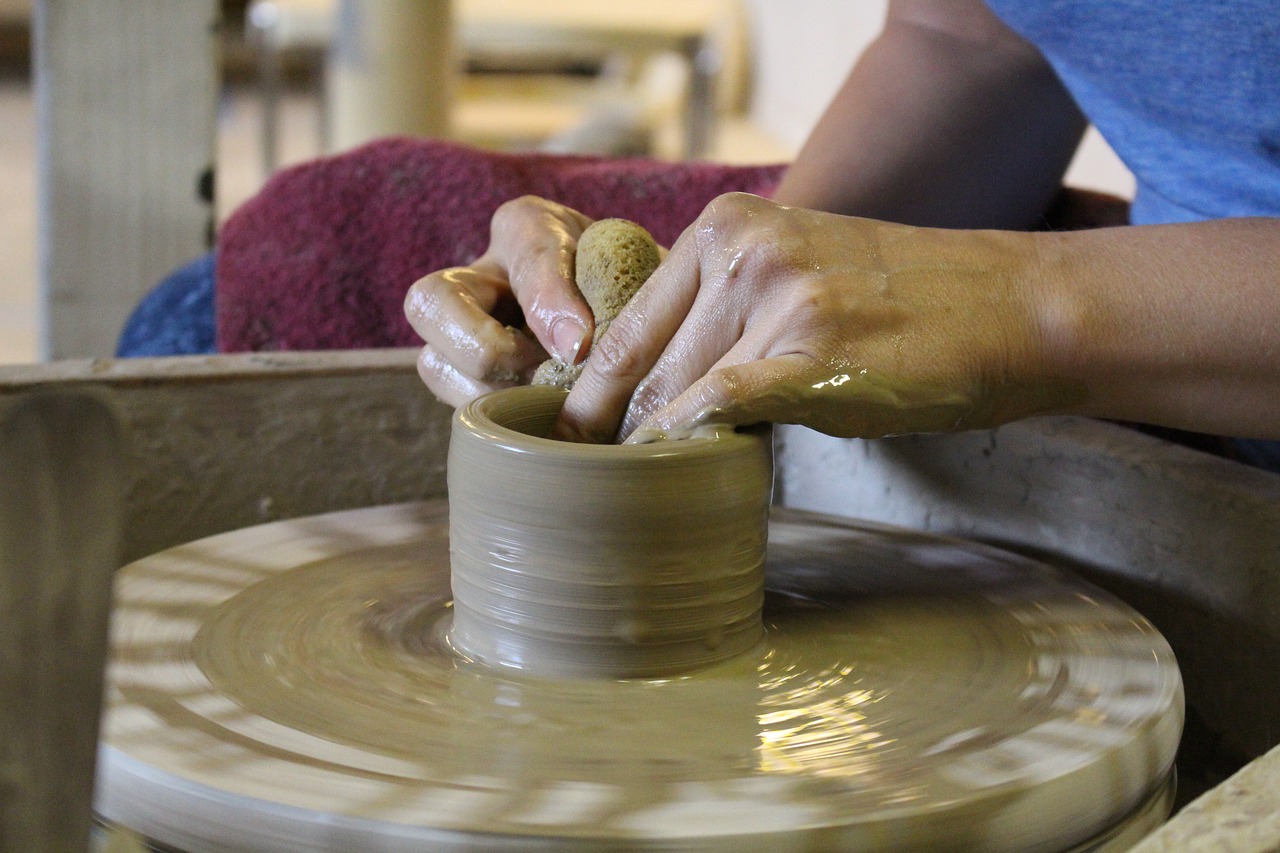
Sealing Techniques
When it comes to recycling sticky clay, play a pivotal role in preserving its quality and ensuring it remains workable for future projects. One of the most effective methods is to use airtight containers. These containers create a seal that prevents moisture from escaping, which is crucial for keeping the clay pliable. Imagine trying to keep a sponge wet; if it’s exposed to air for too long, it dries out. The same principle applies to your clay!
Another excellent option is to wrap the clay in plastic wrap or a damp cloth. This method is particularly useful for smaller batches of clay. By enveloping the clay in a layer of moisture-retaining material, you can significantly extend its usability. Just like how a sandwich stays fresh in a plastic bag, your clay will remain soft and ready to use.
Here’s a quick overview of some effective sealing techniques:
- Airtight containers: Ideal for long-term storage.
- Plastic wrap: Great for short-term preservation.
- Damp cloth: Useful for keeping small amounts of clay moist.
Additionally, it’s essential to consider the environment where the clay is stored. Excessive heat can cause the clay to dry out, while extreme cold can alter its consistency. Therefore, aim to store your sealed clay in a cool, dry place, away from direct sunlight. Think of it as keeping your favorite ice cream in the freezer instead of on the counter—temperature control is key!
In conclusion, mastering these sealing techniques will not only help you preserve your recycled sticky clay but also ensure that it’s always ready when inspiration strikes. Remember, the better you take care of your materials, the more creative opportunities you can explore!
Q1: How long can I store recycled clay using these sealing techniques?
A1: When stored properly in airtight containers or wrapped in plastic, recycled clay can remain usable for several months. Just check for any signs of dryness before use.
Q2: Can I reuse clay that has completely dried out?
A2: While completely dried-out clay can be challenging to revive, you might be able to rehydrate it by soaking it in water and kneading it back to a workable state, although results may vary.
Q3: What should I do if my recycled clay starts to smell?
A3: If your clay develops an odor, it may be due to mold or bacteria. In such cases, it’s best to discard the clay to avoid any health risks.
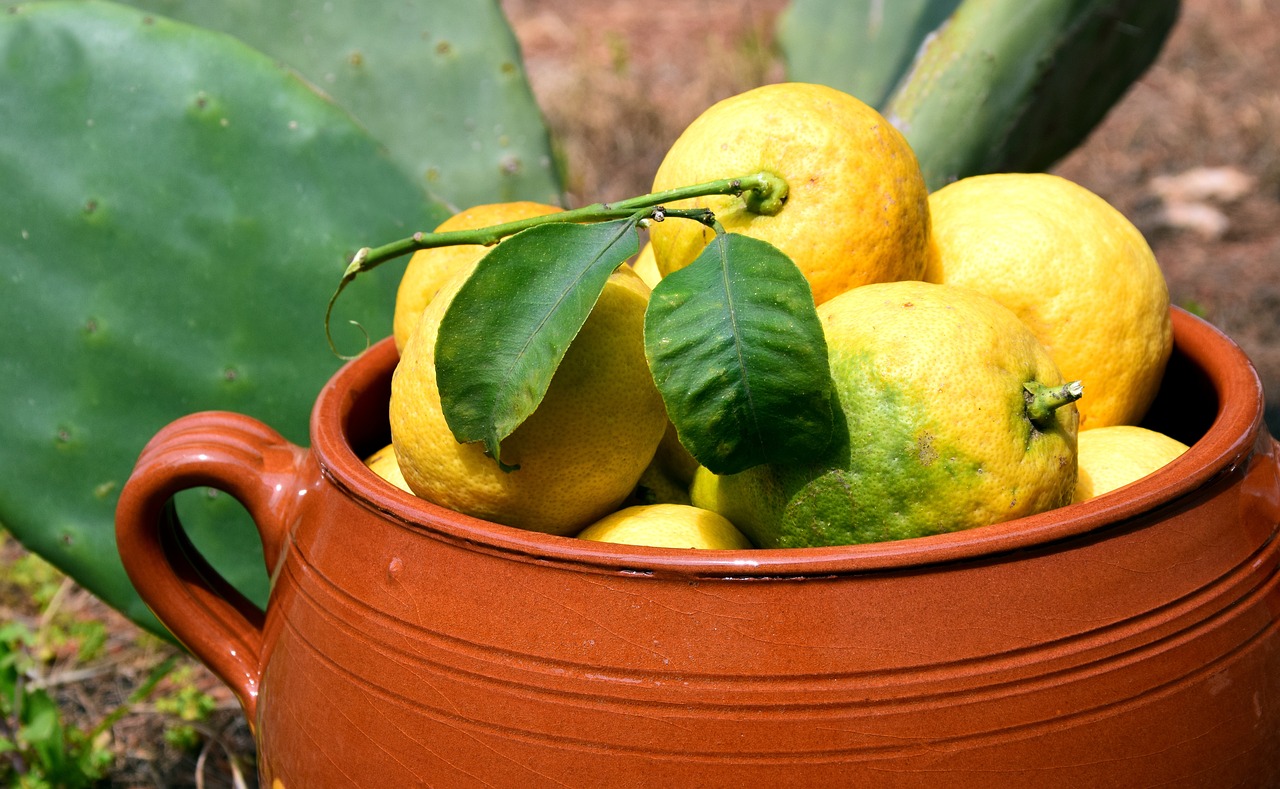
Temperature Considerations
When it comes to recycling sticky clay, temperature plays a crucial role in maintaining its quality and usability. Just like a delicate soufflé, clay can easily fall flat if not treated with care. The right temperature ensures that your recycled clay remains pliable and ready for your next creative endeavor. If the temperature is too high, the clay may dry out, making it difficult to work with. Conversely, if it's too cold, the clay can become hard and unmanageable, akin to trying to mold a rock!
To help you better understand the ideal storage conditions for your recycled clay, consider the following temperature guidelines:
| Temperature Range | Effect on Clay |
|---|---|
| Below 50°F (10°C) | Clay may harden and become difficult to work with. |
| 50°F - 70°F (10°C - 21°C) | Ideal temperature for storing clay; keeps it pliable and workable. |
| Above 70°F (21°C) | Clay may dry out quickly; requires frequent monitoring. |
To ensure that your recycled clay maintains its optimal condition, you might want to consider the following tips:
- Store in a cool, dry place: Avoid direct sunlight and heat sources that can raise the temperature of your clay.
- Use temperature-controlled storage: If possible, keep your clay in a climate-controlled environment, especially during extreme weather conditions.
- Check regularly: Make it a habit to check the texture and moisture of your clay periodically, adjusting storage conditions as necessary.
By keeping these temperature considerations in mind, you can ensure that your recycled clay remains in top-notch condition, ready for your artistic touch whenever inspiration strikes. Remember, just like a well-tended garden, your clay needs the right environment to flourish and inspire your creativity!
- How can I tell if my clay has dried out? If your clay feels hard and crumbly, it has likely dried out. You can try to rehydrate it by adding a small amount of water and kneading it.
- What’s the best way to store recycled clay? The best way to store recycled clay is in an airtight container at a stable, cool temperature. This will help maintain its moisture and prevent it from hardening.
- Can I use recycled clay for all types of projects? Yes, recycled clay can be used for many projects, but its quality may vary depending on how well it has been processed and stored.
Frequently Asked Questions
- What is sticky clay and why is it challenging to work with?
Sticky clay is a type of clay that has a high moisture content, making it pliable but difficult to shape and manipulate. Its stickiness can lead to frustration, especially when trying to create detailed designs or when it adheres to tools and surfaces.
- Can I recycle all types of clay?
While most natural clays can be recycled, sticky clay is particularly suited for recycling due to its plasticity. Always check the specific properties of the clay you are using, as some specialty clays may not be easily recyclable.
- What are the best methods for recycling sticky clay?
Two effective methods for recycling sticky clay include air drying the clay to harden it for reprocessing and mixing it with fresh clay to improve its texture. Both techniques help restore the clay's workability and usability.
- How can I store recycled clay to keep it fresh?
To keep recycled clay fresh, store it in airtight containers or wrap it tightly in plastic. This prevents moisture loss and helps maintain its pliability for future projects.
- What are the environmental benefits of recycling clay?
Recycling clay reduces waste and conserves natural resources. It also minimizes the energy required for producing new clay, making it an eco-friendly choice for artists and hobbyists.
- How can recycling clay save me money?
By recycling sticky clay, artists can significantly cut down on material costs. Instead of purchasing new clay, you can repurpose what you already have, allowing you to allocate funds to other creative projects.
- Does recycling clay improve its quality?
Yes! Recycling can enhance the quality of sticky clay, improving its workability and consistency. Techniques such as mixing with fresh clay or proper drying methods can lead to a better final product.


















